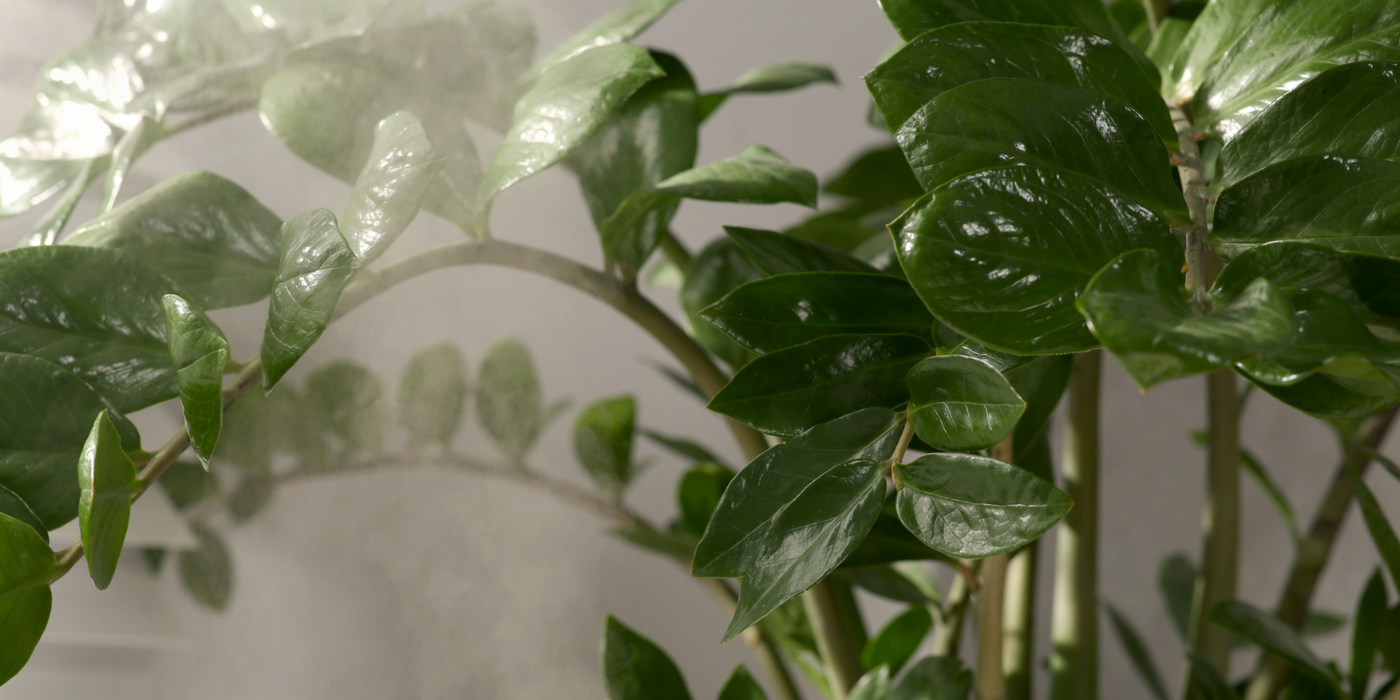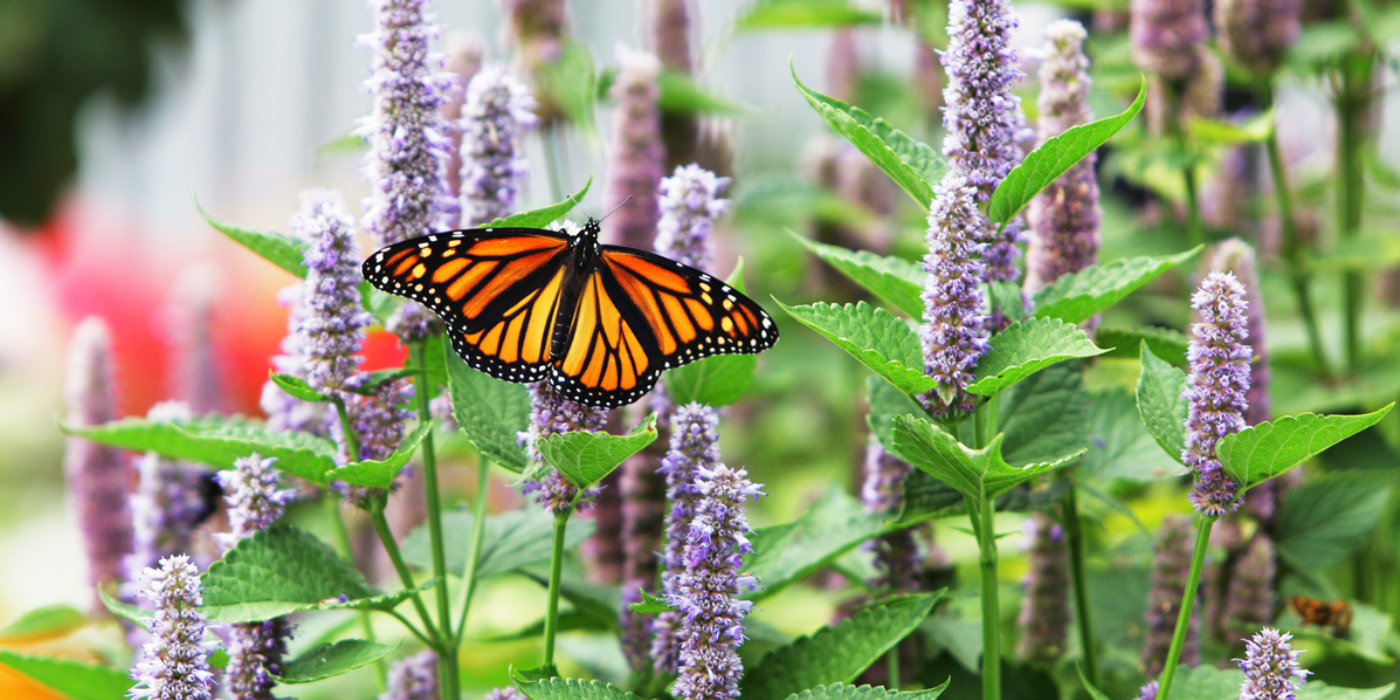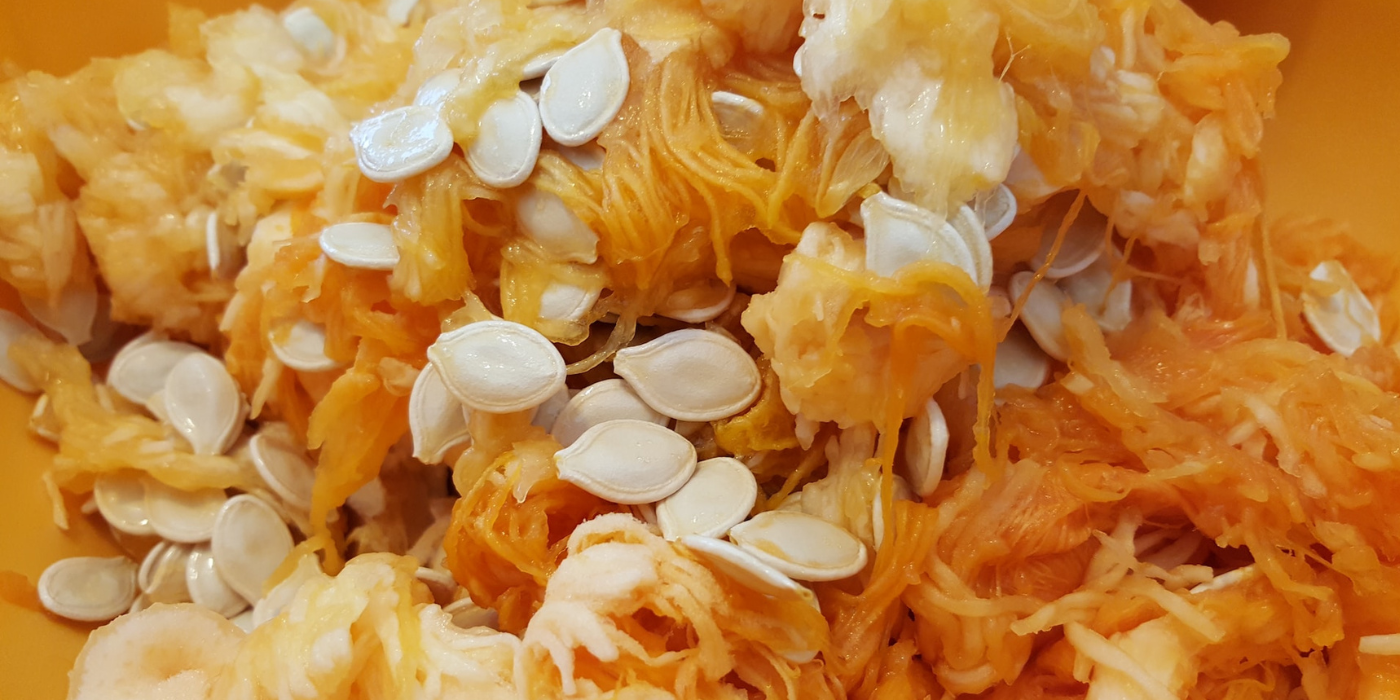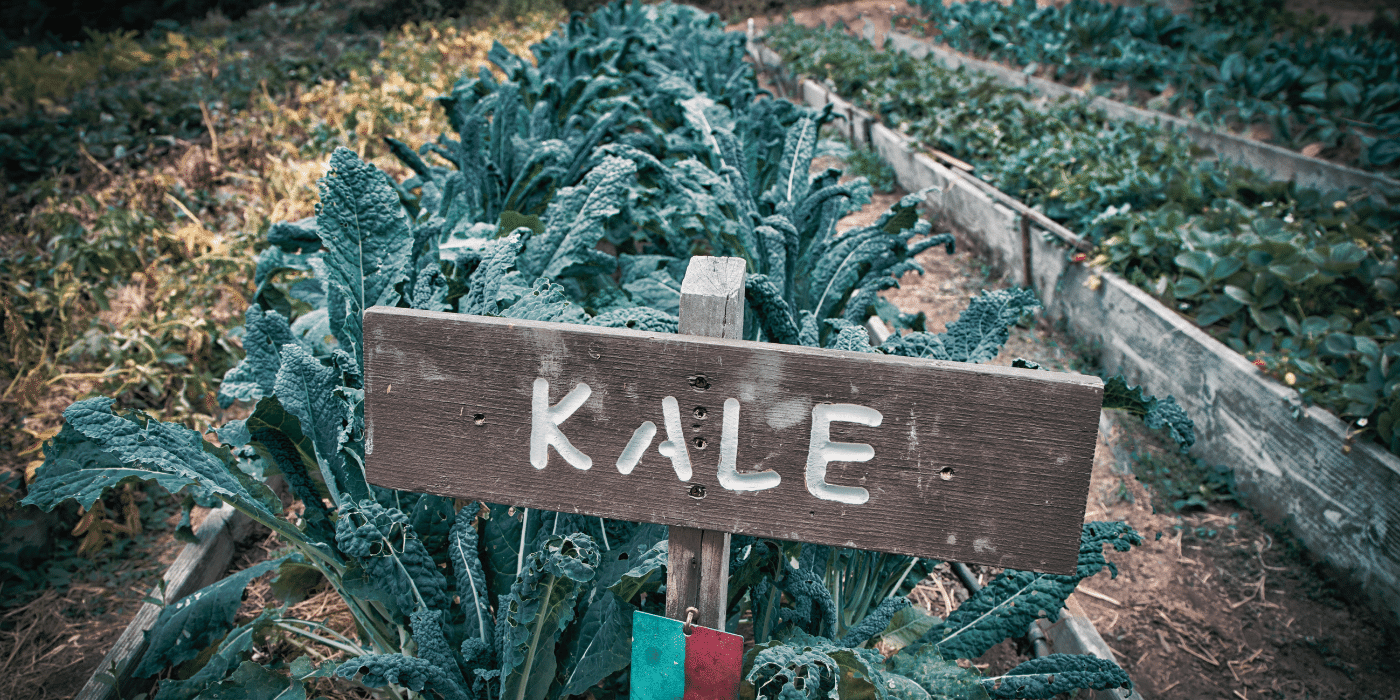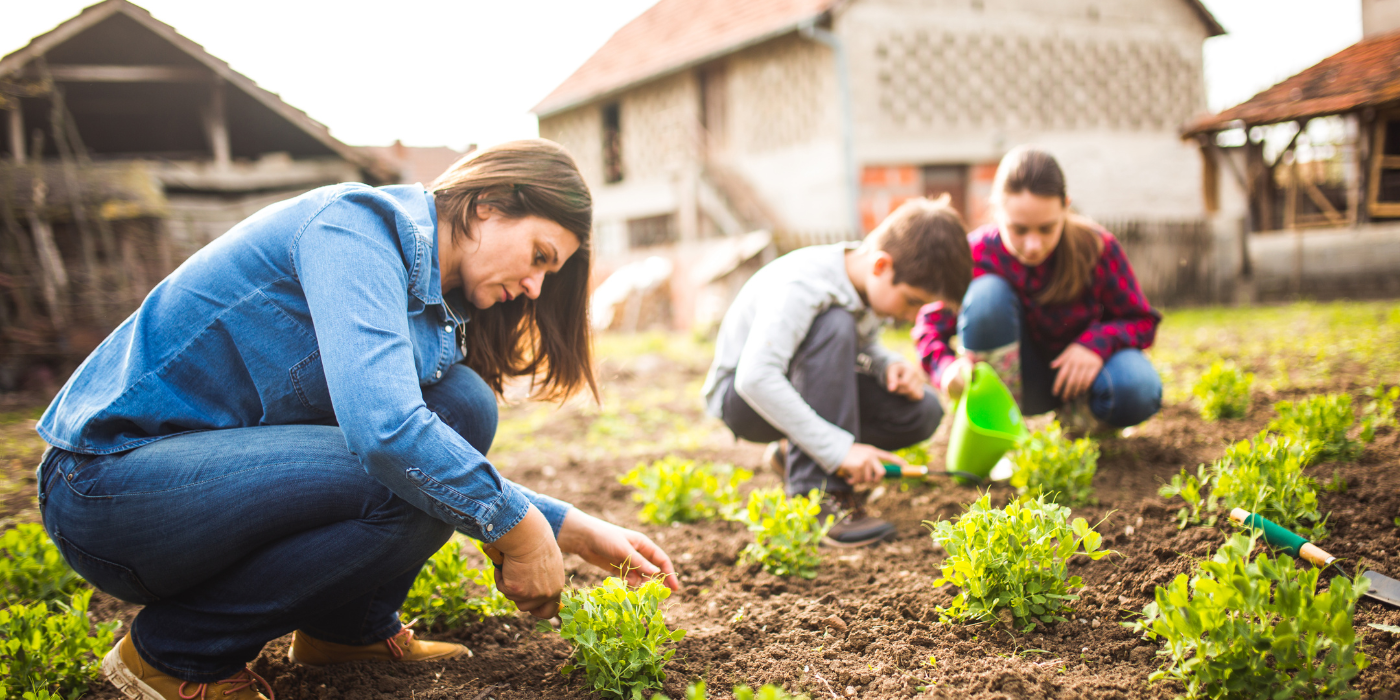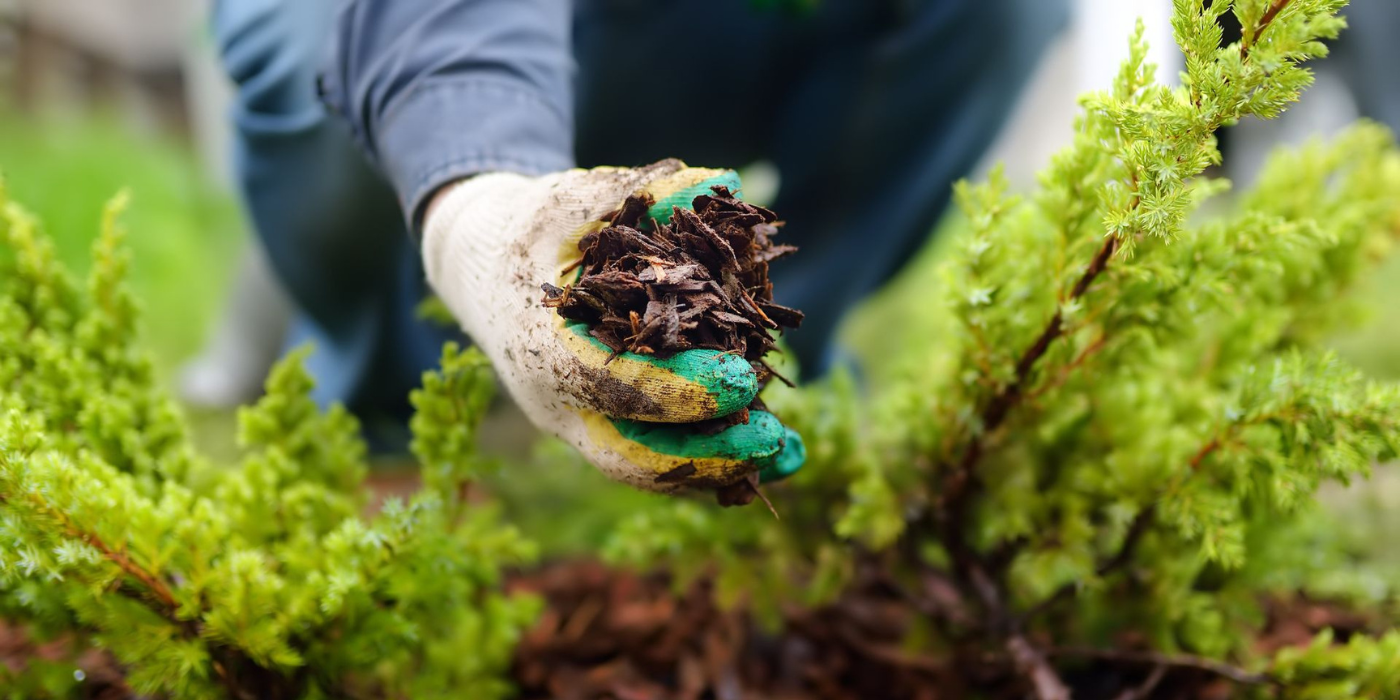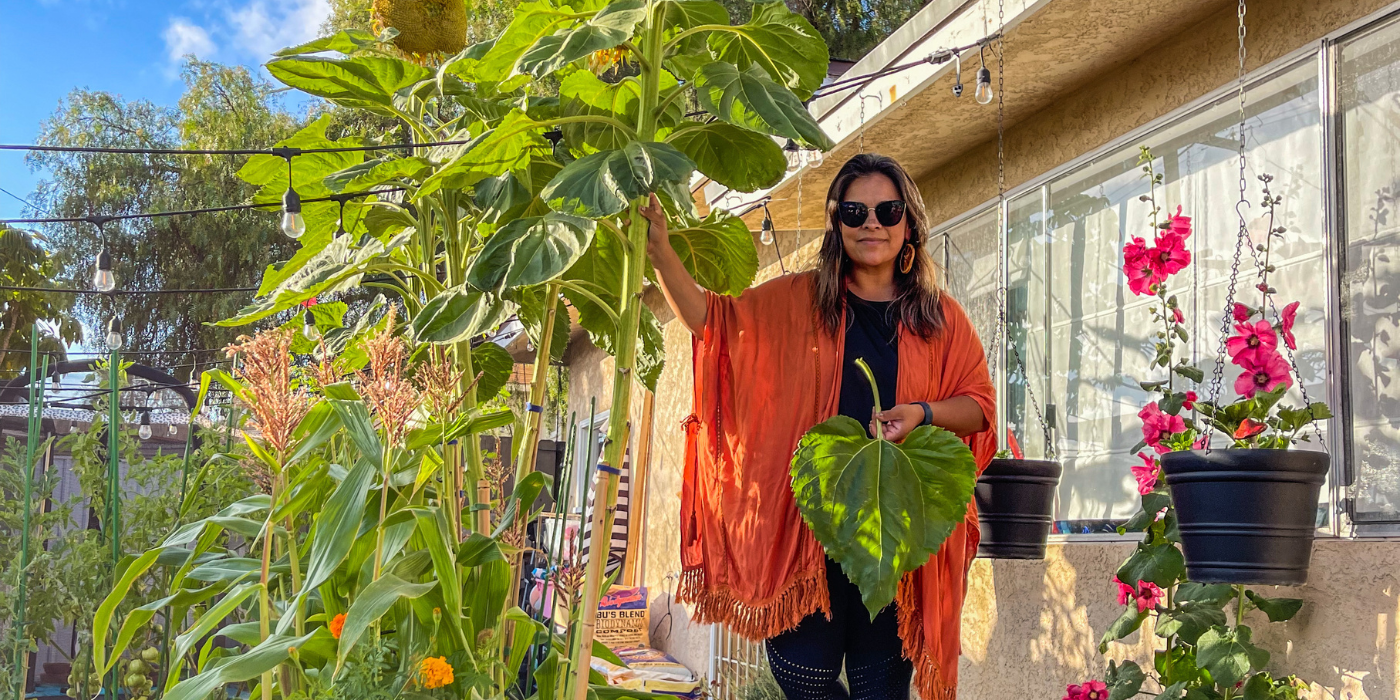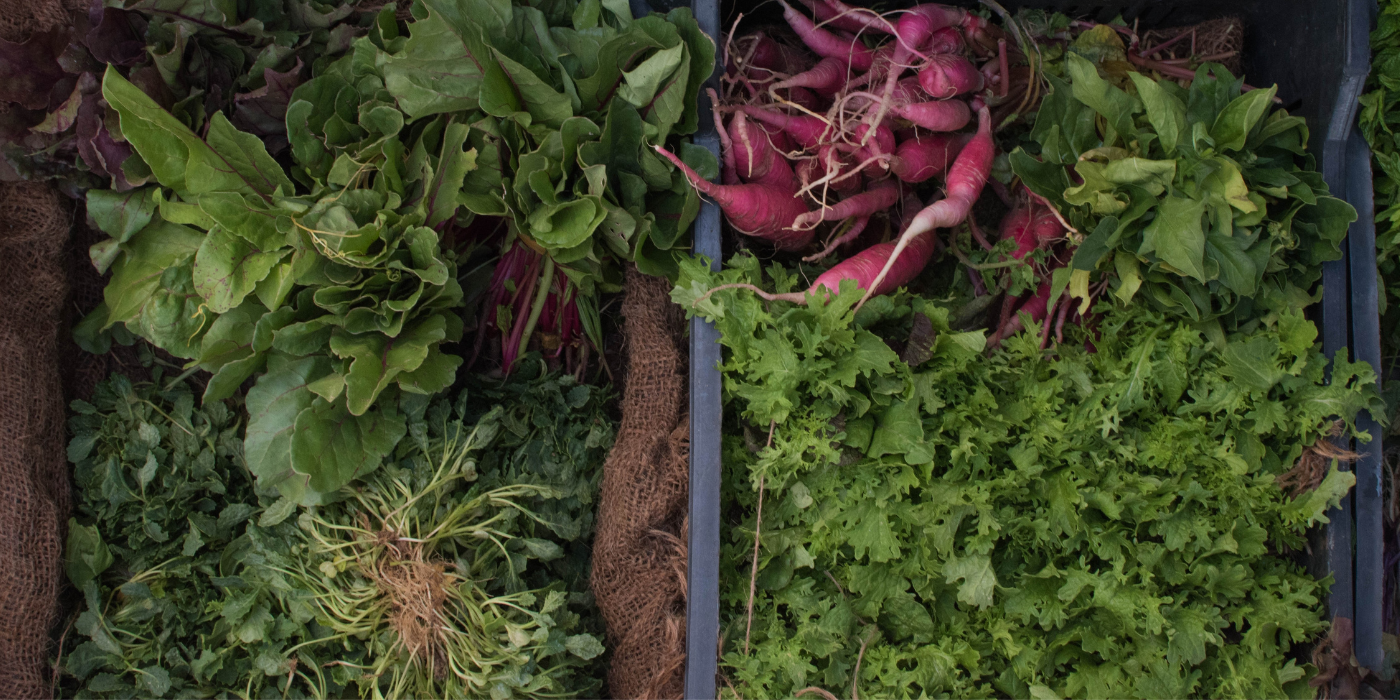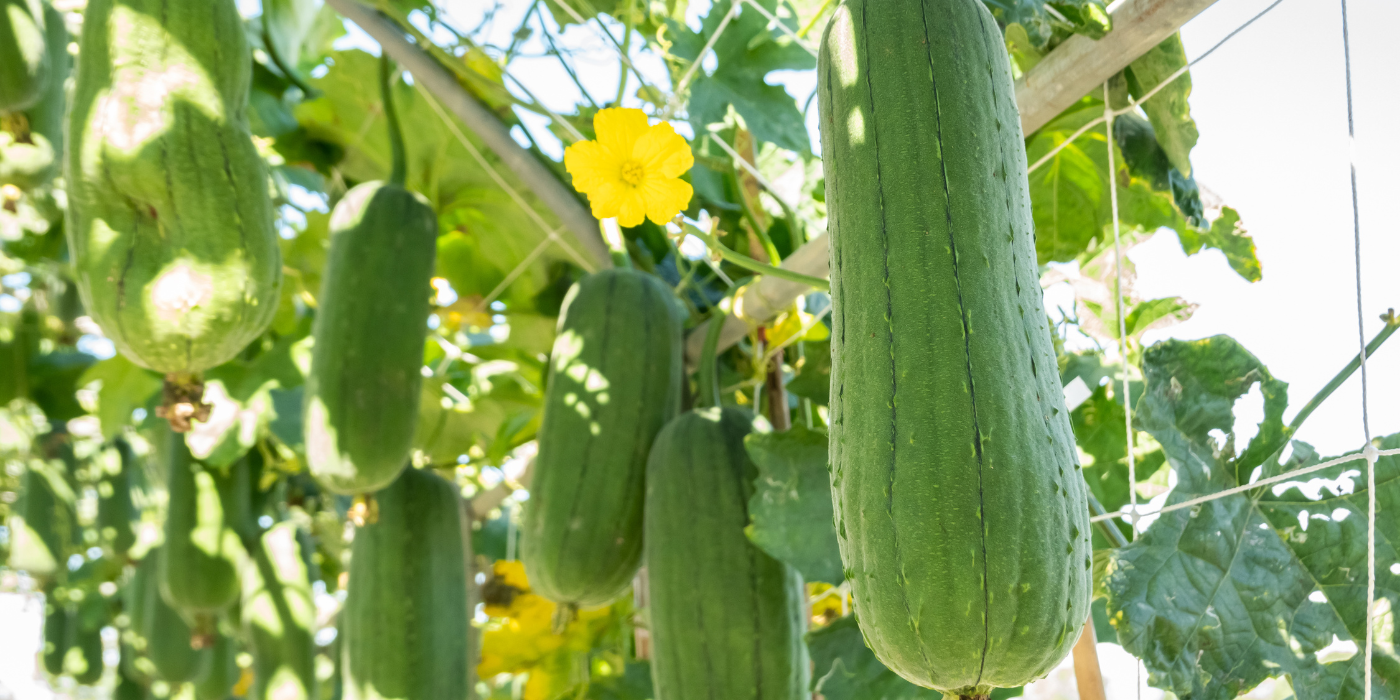7 Common Houseplant Ailments & How to Fix Them
December 11, 2023 True Tips 7 Common Houseplant Ailments & How to Fix Them Winter weather and long nights mean changes for humans, animals, and plants. Including our houseplants! If you love…
10 Unique Seed Varieties We Can’t Wait To Grow in 2024
November 22, 2023 True Tips 10 Unique Seed Varieties We Can’t Wait To Grow in 2024 Thinking about 2024 garden planting? So are we! Now is the time to sit down with your garden journal and plan your…
Houseplants and Pets Living in Harmony
November 9, 2023 True Tips Houseplants and Pets Living in Harmony It’s a conundrum many an interior designer, veterinarian, and pet owner has faced: Can houseplants and pets coexist without…
5 Earth-friendly Ways to Use Halloween Pumpkin Guts
October 25, 2023 True Tips 5 Earth-friendly Ways to Use Halloween Pumpkin Guts It’s pumpkin carving time! But what happens after pumpkins are carved, displayed, and start to rot? Just like all other…
How and Why to Use Blood Meal in Your Garden
October 16, 2023
True Tips
How and Why to Use Blood Meal in Your Garden
Living Our True Organic Sustainable Values
September 27, 2023 True Tips Living Our True Organic Sustainable Values Sustainability is woven into everything we do at True Organic, from the foundation of our mission to the powerful natural…
5 Gardening Tasks That Build Healthier Soil
September 8, 2023 True Tips 5 Gardening Tasks That Build Healthier Soil Can you feel fall in the air? As sunsets get earlier and cool weather approaches, it can sometimes feel like the year’s…
The Love of Gardening with Instagram Creator & DIY Garden Educator Cassandra Smith
August 28, 2023
True Tips
The Love of Gardening with Instagram Creator & DIY Garden Educator Cassandra Smith
Succession Planting: Maximize Your Garden's Potential with Continuous Harvest
August 4, 2023 True Tips Succession Planting: Maximize Your Garden’s Potential with Continuous Harvest Do you want to maximize your garden’s yield, grow a wider variety of crops, and…
Homegrown Sponges: Growing Loofah in Your Garden
July 25, 2023 True Tips Homegrown Sponges: Growing Loofah in Your Garden Forget about neon-colored, plastic bath sponges that never biodegrade! Scrub yourself clean with an organic, all-natural,…

